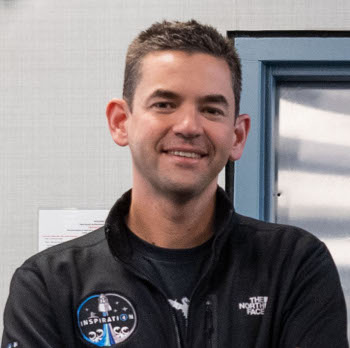April 15, 2025 Quick space links
Courtesy of BtB’s stringer Jay. This post is also an open thread. I welcome my readers to post any comments or additional links relating to any space issues, even if unrelated to the links below.
- Blue Origin’s New Shepard spacecraft completes suborbital all-female tourist flight
The press is giving this flight lots of coverage because of the nature of the crew, but in terms of the future of space, this suborbital flight is less than trivial in importance.
- Australian rocket startup Gilmour touts its satellite platform for satellite companies
Meanwhile, the company’s first launch on March 15, 2025 never happened, and the company remains very tight-lipped about the situation.
- On this day in 1970 the Apollo 13 crew improvised a system for using the carbon dioxide filters from its crippled command module in its lunar module lifeboat
The fix involved “bags, a flight plan card, some hoses, and a lot of duct tape.”
Courtesy of BtB’s stringer Jay. This post is also an open thread. I welcome my readers to post any comments or additional links relating to any space issues, even if unrelated to the links below.
- Blue Origin’s New Shepard spacecraft completes suborbital all-female tourist flight
The press is giving this flight lots of coverage because of the nature of the crew, but in terms of the future of space, this suborbital flight is less than trivial in importance.
- Australian rocket startup Gilmour touts its satellite platform for satellite companies
Meanwhile, the company’s first launch on March 15, 2025 never happened, and the company remains very tight-lipped about the situation.
- On this day in 1970 the Apollo 13 crew improvised a system for using the carbon dioxide filters from its crippled command module in its lunar module lifeboat
The fix involved “bags, a flight plan card, some hoses, and a lot of duct tape.”










